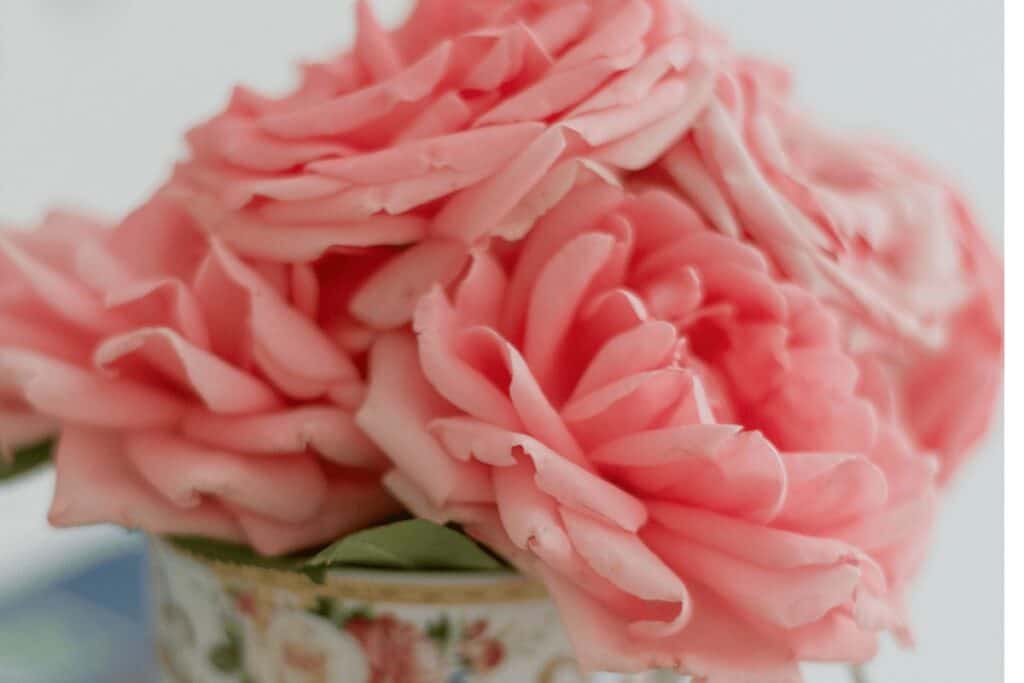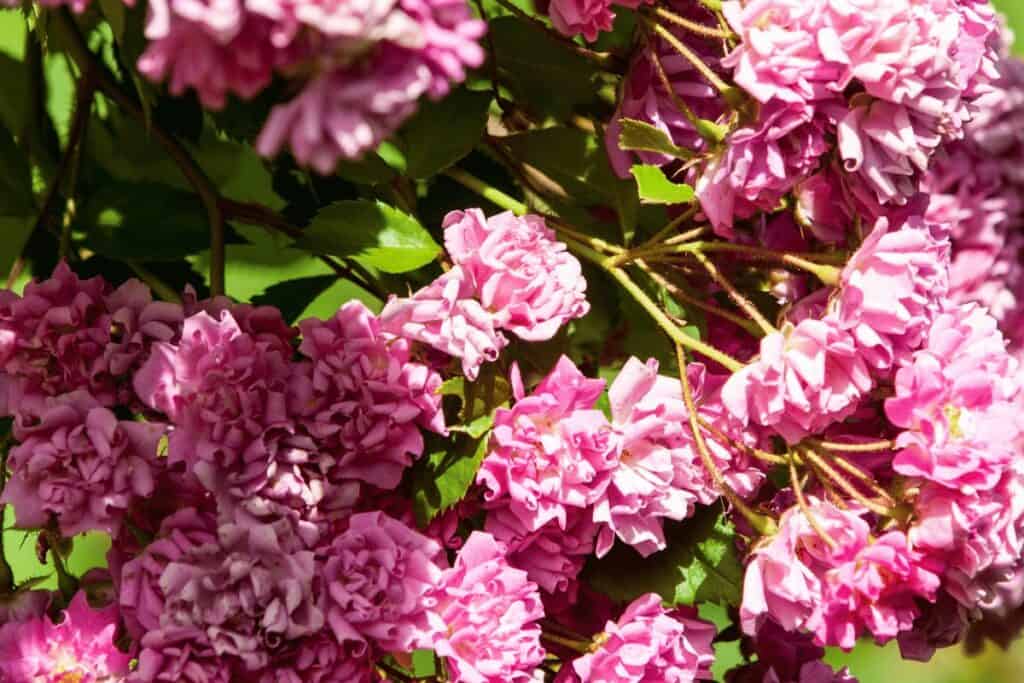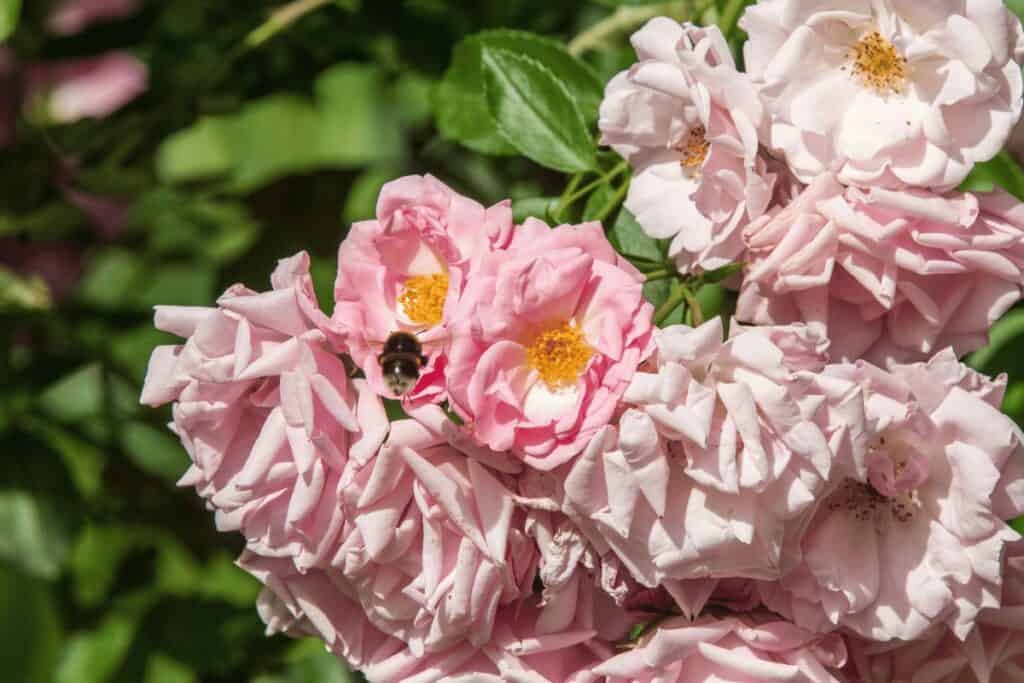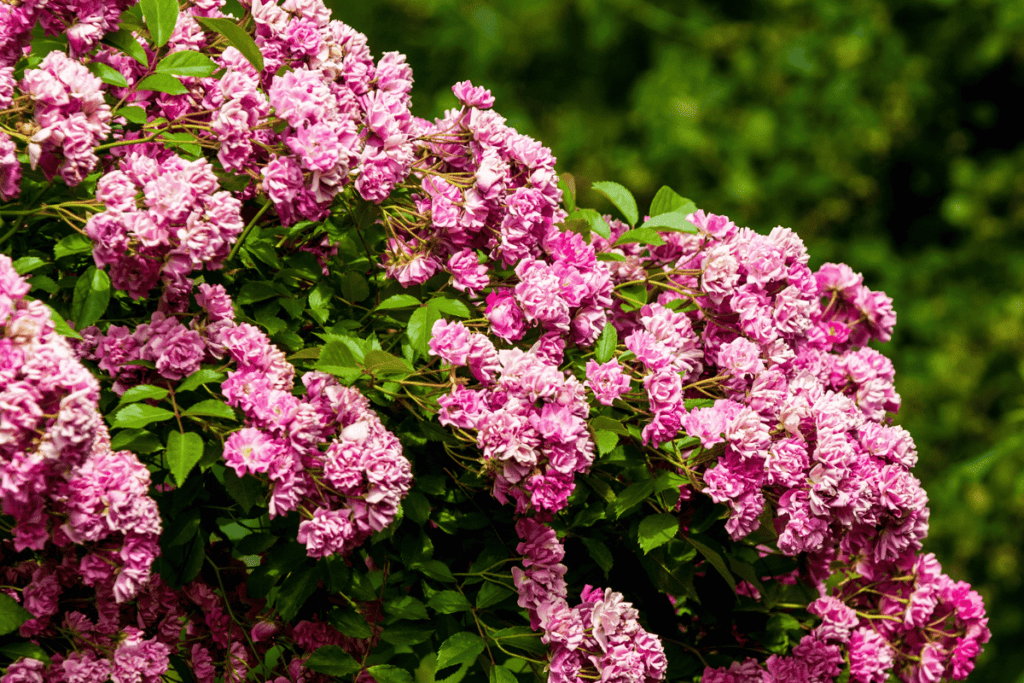Tea roses, with their enchanting beauty and timeless charm, have long been a favorite among garden enthusiasts. Originating in China and making their way into gardens worldwide, these roses have become synonymous with grace and elegance. In this article, we will explore the world of tea roses, from their unique characteristics to cultivation tips and their symbolic significance.
Introduction Tea Roses

Tea Roses
Tea roses have a rich history that dates back to the 19th century. Named for their subtle fragrance reminiscent of fresh tea leaves, these roses quickly gained popularity in the world of gardening. Today, they continue to capture the hearts of enthusiasts and casual gardeners alike.
Characteristics of Tea Roses
Tea roses are known for their distinctive characteristics. With large, elegant blooms and a wide range of colors, they add a touch of sophistication to any garden. Varieties such as the ‘Madame Bravy’ and ‘Lady Hillingdon’ showcase the diversity of these roses, offering options for every aesthetic preference.
Cultivation and Planting
To ensure the health and vitality of tea roses, proper cultivation is essential. These roses thrive in well-draining soil and require ample sunlight. When planting, it’s crucial to consider spacing and provide adequate support for the growing plants. A layer of mulch can help retain moisture and control weeds.
Watering and Care
Tea roses demand a careful balance when it comes to watering. Regular, deep watering is preferred, but it’s crucial to avoid waterlogged soil. Pruning and deadheading spent blooms not only maintain a tidy appearance but also encourage continuous blooming throughout the growing season.
Tea Roses in Landscape Design

Incorporating tea roses into your garden design adds a touch of sophistication and romance. Plant them as focal points, or let them mingle with other flowers for a picturesque landscape. Companion plants like lavender and salvia can complement the elegance of tea roses.
Common Challenges
Like any plant, tea roses face challenges such as pests and diseases. Regular inspection and early intervention are key to preventing issues. Natural remedies like neem oil can help keep pests at bay, while proper pruning minimizes the risk of diseases.
Benefits of Growing Tea Roses
Beyond their visual appeal, tea roses offer therapeutic benefits. Gardening enthusiasts often find solace and joy in tending to these beautiful plants. The act of nurturing and watching them bloom can be a rewarding and fulfilling experience.
Tea Roses: A Symbol of Romance

Tea roses have long been associated with romance and love. From weddings to anniversaries, their presence in special occasions symbolizes beauty, grace, and enduring love. The delicate fragrance adds an extra layer of sentiment to these moments.
Tea Roses Around the World

The popularity of tea roses extends globally, with different regions adopting unique practices in their cultivation. From English gardens to Japanese landscapes, tea roses find a place in diverse horticultural traditions.
Tips for Buying Tea Rose Plants
When selecting tea rose plants, it’s essential to choose healthy specimens. Inspect the leaves and stems for signs of disease, and purchase from reputable sources to ensure the quality of the plants. This guarantees a strong start for your tea rose garden.
DIY Tea Rose Arrangements
For those who enjoy bringing the beauty of tea roses indoors, creating stunning bouquets is a delightful activity. Tips for arranging these blooms include choosing complementary colors, varying heights, and ensuring a clean vase for optimal water quality.
Tea Roses and Their Fragrance
One of the defining features of tea roses is their fragrance. Each variety carries a unique scent, from sweet and floral to spicy and citrusy. Preserving this fragrance involves strategic pruning, proper watering, and situating the plants in locations with good air circulation.
Tea Roses in Literature and Art
Tea roses have inspired artists and writers for centuries. References to these blooms can be found in literature, where they often symbolize love, beauty, and the fleeting nature of life. In art, paintings and sculptures capture the essence of tea roses‘ elegance.
Tea Roses in Mythology and Symbolism
Delving into mythology, tea roses are sometimes associated with mythical stories, embodying themes of love, beauty, and transformation. Symbolically, different colors of tea roses carry unique meanings, allowing them to convey specific sentiments in various contexts.
Conclusion Tea Roses
In conclusion, tea roses stand as a timeless symbol of elegance and beauty. Whether adorning gardens, serving as focal points in landscaping, or adding a romantic touch to special occasions, these roses have a unique place in horticulture. As you embark on your tea rose journey, remember to embrace the joy of nurturing these exquisite blooms and witness the magic they bring to your surroundings.
FAQs
Can tea roses thrive in different climates?
Tea roses are adaptable and can thrive in a variety of climates, but it’s essential to choose varieties suited to your specific region.
How often should tea roses be pruned?
Regular pruning is necessary for tea roses. Aim for a light pruning in early spring and a more substantial pruning after the blooming season.
Do tea roses require special care compared to other rose varieties?
While tea roses share care basics with other roses, their unique characteristics may require some extra attention, particularly in terms of fragrance preservation.
Can tea roses be grown in containers?
Yes, tea roses can be grown in containers, making them suitable for those with limited garden space. Ensure the containers have proper drainage.
Additional Information
https://en.wikipedia.org/wiki/Hybrid_tea_rose
https://www.sunnysidenursery.net/hybrid-tea-roses
Latest Posts
- What Types of Lettuces Can You Grow?

- How to Plant Onion Seeds for Maximum Germination

- How to Plant Parsnip Seeds for Maximum Germination

- How to Plant Mushroom Seeds for Maximum Germination

- How to Plant Lettuce Seeds for Maximum Germination

- How to Plant Kale Seeds: A Step-by-Step Guide to Maximum Germination Success!





